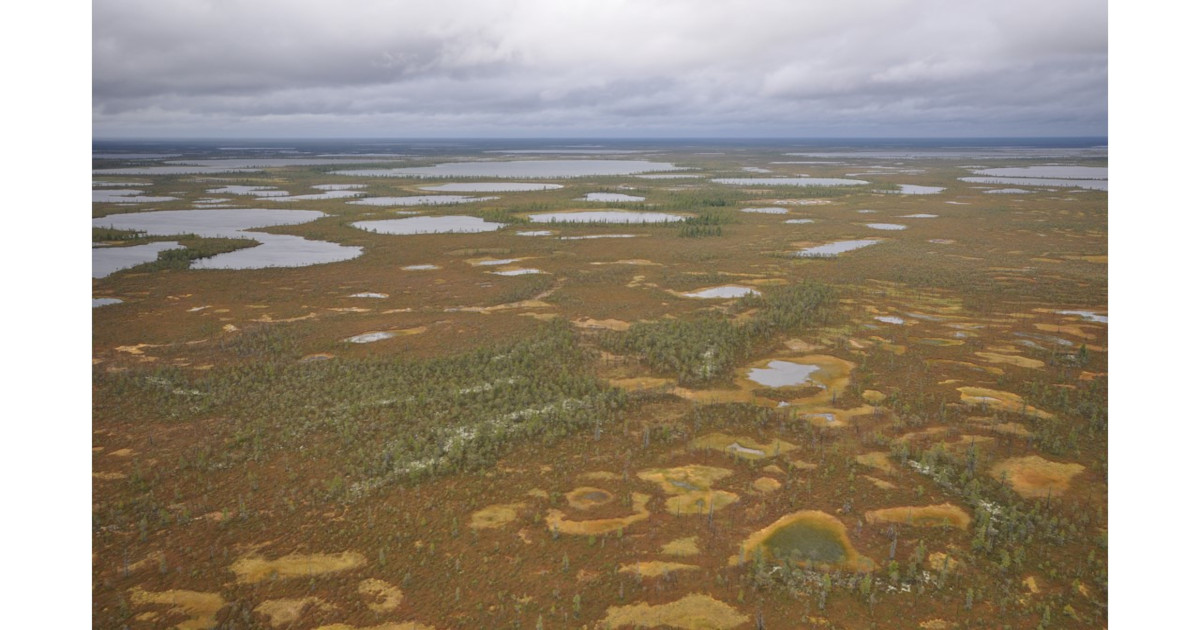Peatland Ecosystems under Climate Change
A special issue of Diversity (ISSN 1424-2818). This special issue belongs to the section "Biodiversity Loss & Dynamics".
Deadline for manuscript submissions: closed (30 September 2023) | Viewed by 7891

Special Issue Editor
Interests: peatlands; ecology; ecohydrology; diversity; climate change; mitigation; adaptation; wise use; protection; restoration
Special Issues, Collections and Topics in MDPI journals
Special Issue Information
Dear Colleagues,
The topic of peatlands and climate change is multifaceted. Peatlands stand out from other ecosystems by their carbon accumulation and storage. They are sources and sinks of greenhouse gases, which determines their impact on climate change and their potential for mitigation. Peatlands are characterised by special biodiversity on genetic, species, ecosystem and landscape levels, and they provide a wide range of ecosystem services important to humans. Maintaining these peatland functions under climate change requires adaptation measures. This must take into account the specific nature of peatland ecosystems, the mechanisms of their resilience to climate change. The peat deposit is a unique archive of data on past climate and the response of peatlands. It can help to understand the current situation and to predict the future. Peatlands are diverse in their nature, geographical conditions, and persistence under human influence. The relationship between peatlands and climate change can be varied. There are many interesting studies and publications on the problem, but if we are able to present its different aspects, this could help its anaysis and show the special role of peatlands.
Dr. Andrey Sirin
Guest Editor
Manuscript Submission Information
Manuscripts should be submitted online at www.mdpi.com by registering and logging in to this website. Once you are registered, click here to go to the submission form. Manuscripts can be submitted until the deadline. All submissions that pass pre-check are peer-reviewed. Accepted papers will be published continuously in the journal (as soon as accepted) and will be listed together on the special issue website. Research articles, review articles as well as short communications are invited. For planned papers, a title and short abstract (about 100 words) can be sent to the Editorial Office for announcement on this website.
Submitted manuscripts should not have been published previously, nor be under consideration for publication elsewhere (except conference proceedings papers). All manuscripts are thoroughly refereed through a single-blind peer-review process. A guide for authors and other relevant information for submission of manuscripts is available on the Instructions for Authors page. Diversity is an international peer-reviewed open access monthly journal published by MDPI.
Please visit the Instructions for Authors page before submitting a manuscript. The Article Processing Charge (APC) for publication in this open access journal is 2600 CHF (Swiss Francs). Submitted papers should be well formatted and use good English. Authors may use MDPI's English editing service prior to publication or during author revisions.
Keywords
- Peatlands
- Mires
- Biodiversity
- Climate change
- Mitigation
- Adaptation
- Wise use
- Protection
- Restoration





